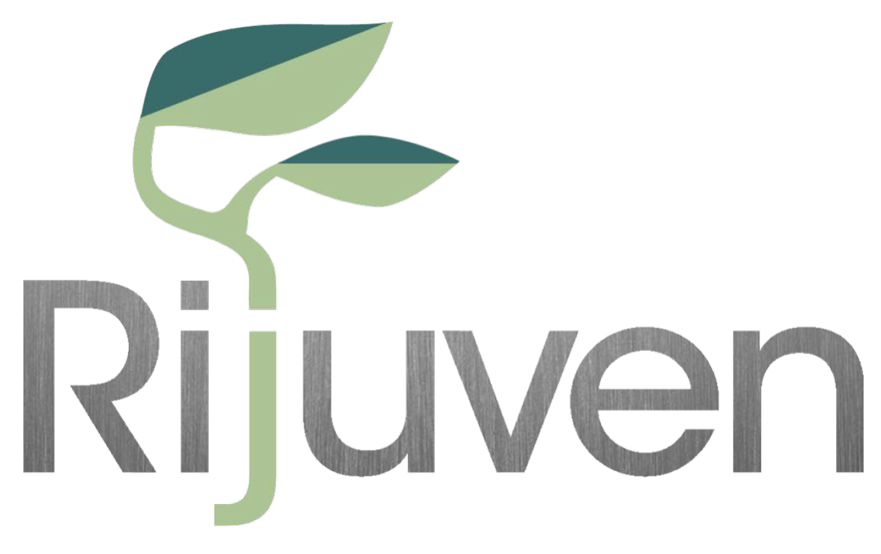CARDIOSLEEVE
Using digital auscultation, EKG, and systolic time intervals, CardioSleeve can visualize heart sound, analyze for arrhythmia or murmur, and indicate heart failure.
CardioSleeve records, analyzes, and displays the heart's ECG and acoustic footprints. The two feeds are synchronized, analyzed in real time, and viewable from any wirelessly connected device. CardioSleeve can enable early, frequent, and low cost screenings. CardioSleeve can track improvement or worsening conditions outside a facility or between Echo's. CardioSleeve can optimize drug performance. CardioSleeve can screen more patients for early detection. CardioSleeve can save lives.
Use Cases:
HEart SCreening
Healthcare resources are allocated by medical necessity. EKGs and ECHOS can be time consuming or expensive. Aggressively lowering the procedural costs associated with assessing heart failure allows for routine use in a primary care environment more suited to early detection. The CardioSleeve does not aim to replace the EKG or ECHO, but will work in conjunction to add increased coverage through annual screenings.
Pharmaceutical Optimization
CardioSleeves ability to assess cardiac function at regularly scheduled intervals allows care teams to correlate improvement with changes in medication. The ability to optimize pharmaceutical regiments based off specific, up to date, data could improve outcomes through custom individualized treatment. CardioSleeve can be used to collect relevant information for longitudinal drug studies to improve treatment in heart health.
Post-op Monitoring
CardioSleeve's connectivity allow for it to be deployed to a patients home with a technician during recovery. Or, by taking advantage of the Rijuven platform's tele-health video portal and patient facing app, CardioSleeve can be issued directly to the patient at release. By combining the EKG and heart failure analysis of CardioSleeve with blood pressure, weight, and pulse oximetry, Rijuven provides new insights for discharge monitoring.
Med School Training
The ability to visualize heart sound gives medical students the opportunity to connect what they hear to what they see. Detecting murmurs and abnormal sinus rhythms visually in addition to audibly is a valuable skill as technology advancements continue to enable better care. Synchronized auscultation and EKG tracings give new meaning to the Tei Index, myocardial performance, and the ejection fraction.
Between Echo checkups
Echocardiograms have long been the gold standard in determining the ejection fraction and assessing heart failure. The CardioSleeve allows cardiologists, primary physicians, and care teams to track patient improvement between ECHOs. The CardioSleeve's ability to accurately estimate EF creates a far more up to date patient status than expensive or infrequent ECHOs. CardioSleeve can also screen for ECHO necessity.
Pediatric
According to Parent Heart Watch, Sudden Cardiac Arrest is the leading cause of death amongst student athletes and the number one medical cause of death in youth. Detecting heart murmurs, arrhythmias, and other heart conditions in children can be challenging. Higher BPM, lack of uniform EKG screening, and reliance on non-cardiologist or analog auscultation leaves children undiagnosed and at risk.



